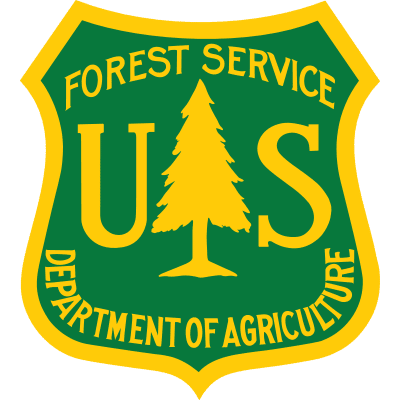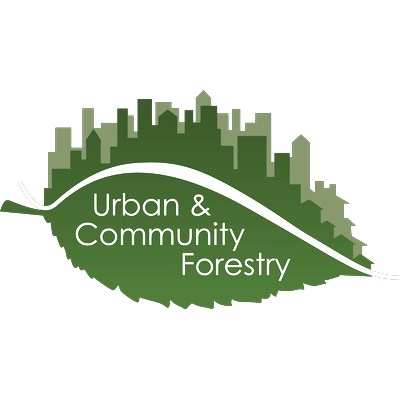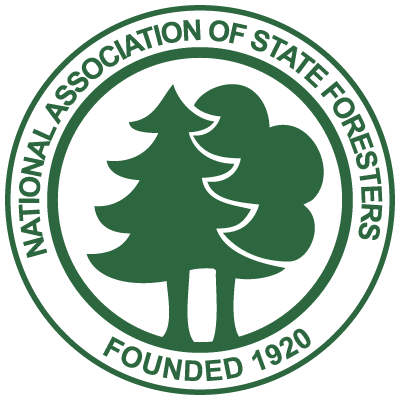Bulletin #8: Don’t Top Trees!
The sight of topped trees is all too common in the communities and along the roadways of America – trunks with stubby limbs standing naked in the landscape, trees stripped of all dignity and grace.
Trees are often topped because they grow into utility wires, interfere with views or solar collectors, or simply grow so large that they worry the landowner. But, as one arborist has said, Topping is the absolute worst thing you can do for the health of your tree.
Why NOT to “Top:” 8 Good Reasons
- Starvation: Topping removes so much of the tree’s leafy crown that it dangerously reduces the tree’s food-making ability.
- Shock: By removing the protective cover of the tree’s canopy, bark tissue is exposed to the direct rays of the sun. The resultant scalding can cause the tree’s death.
- Insects and Disease: The exposed ends of topped limbs are highly vulnerable to insect invasion or decay fungi spores.
- Weak Limbs: New branches that grow from a stubbed limb are weakly attached and more liable to break from snow or ice weight.
- Rapid New Growth: Instead of controlling the height and spread of the tree, topping has the opposite effect. New branches are more numerous and often grow higher than before.
- Tree Death: Some tree species can’t tolerate major branch loss and still survive. At best, they remain weak and disease-prone.
- Ugliness: A topped tree is a disfigured tree. Even with new growth it never regains the grace and character of its species.
- Cost: The true cost of topping is often hidden – lower property values, expense of removal and replacement if the tree dies.
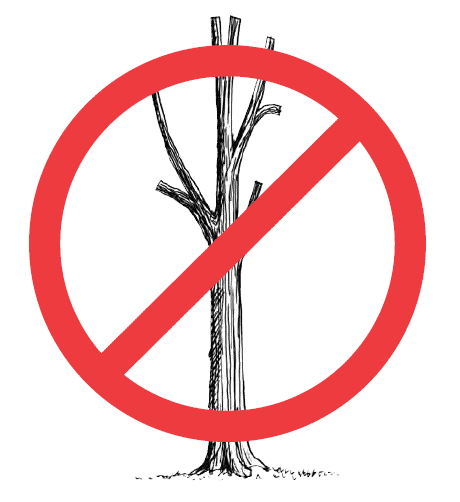
Proper Pruning—The Alternative to Topping
When a decision is made to reduce the size of an older tree, it can be topped, or it can be pruned properly. Although the speed and nature of re-growth will depend on species and local factors, any comparison between irresponsible topping and competent pruning will be dramatic. Qualified arborists use ‘crown reduction’ to control height when necessary. Selected limbs are removed at their junction with the trunk or a limb at least 1/3 the diameter of the removed limb.
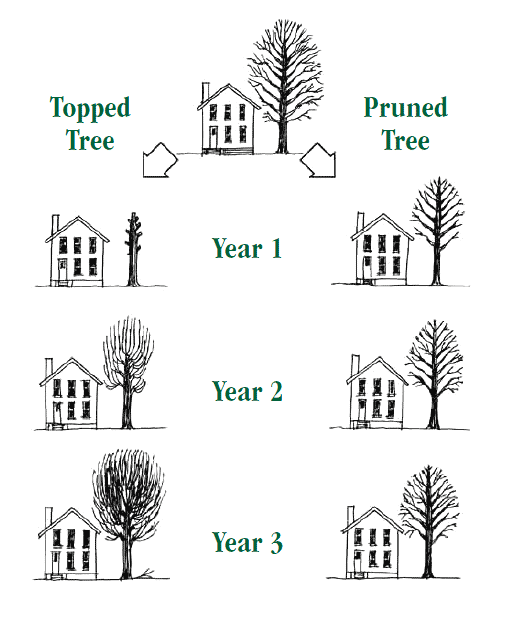
Year 1: The topped tree is an ugly stub and a remnant of a once lovely tree. If pruned properly, the tree’s size is reduced but form and beauty are retained.
Year 3: Vigorous sprouts have sprung out of the topped tree in large numbers and are growing with abnormal rapidity. The pruned tree adds growth, but it does so more slowly and distributes it more normally.
Year 6: In a relatively short time, the topped tree is as tall – and far bushier and more dangerous – than it was to begin with. The properly pruned tree is safer, more beautiful, and its size is better controlled.
This is the free, digital version of Bulletin #8. Purchase the full bulletin for the complete content.
More Information
Call 1-888-448-7337 Monday-Friday 8:00 AM to 5:00 PM CST

